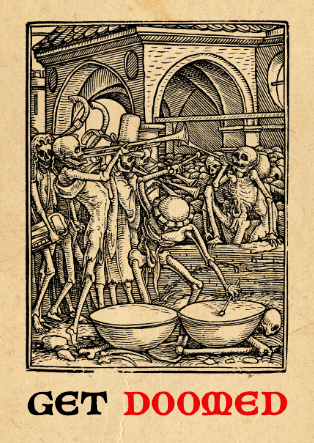
Shaping Worlds
I love video game maps. I love real world maps, too (despite being absolutely horrid at geography), but there is something special about videogame world maps. In part, it’s the ease of discovery.
I’m writing this from Osaka, Japan. Getting here consisted of over 18 hours of transportation from my home in Toronto, Canada. I had to take a cab to the airport, then a plane to Chicago, then another plane to Tokyo, then a subway, then more subways, then another flight, followed by even more subways – all over the course of three days (not that I’m complaining). I’ve been transported halfway around the world; I watched the airplane fly over the Pacific Ocean on the monitor during my 12-hour flight from Chicago to Tokyo.
In Final Fantasy VII, I was able to travel around the whole world map, discovering new towns, locations and people, all in half the time of my real-world trip. It’s just common sense: videogames make exploring worlds easier (and cheaper) than real-world adventuring. The thrill of discovery is immediate – and you don’t have to spend 12-hours figuring out the best position to sleep in while seated in an upright airline seat.
This isn’t quite why I love videogame world maps so much. The reason (perhaps pretentiously) is that they really remind me of why I fell in love with poetry.
Videogame geography and poetry operate on the same basic principle of conveying meaning through images and other visual and literary devices. Beyond that, their meanings are uniquely affected by the work and frame of reference brought to them by the audience consuming them.
For example, approaching a new game with zero experience or frame of reference for the world it supposedly symbolizes is the same as approaching a brand new poem. Both involve approaching a set of symbols and working to decipher their meanings. My favorite thing about a new videogame map is how much of a blank slate it is; you can read the names of locations, towns, cities, regions etc., but your understanding of them is more or less cold. They only retain meaning through your in-game interaction with them.
Let’s go back to FFVII. As a child, I had the thick, 300-plus page strategy guide that came with a full two-page spread of the world map. I carefully read each name in the legend (Kalm, Chocobo Ranch, Cosmo Canyon, Fort Condor), savoring the newness of them.
What did each mean? What purpose did they serve in the grand scheme of the game? I could guess at a few. Chocobo Ranch would, obviously, house Chocobos, and Kalm was probably, well, calm. But that was all guess-work, really. Their actual meanings only became clear after discovering them in the game itself.
You’ve been reading an excerpt from Unwinnable Monthly Issue 56.
To read the article in its entirety, please purchase the issue from the shop or sign up for a subscription to Unwinnable Monthly!





